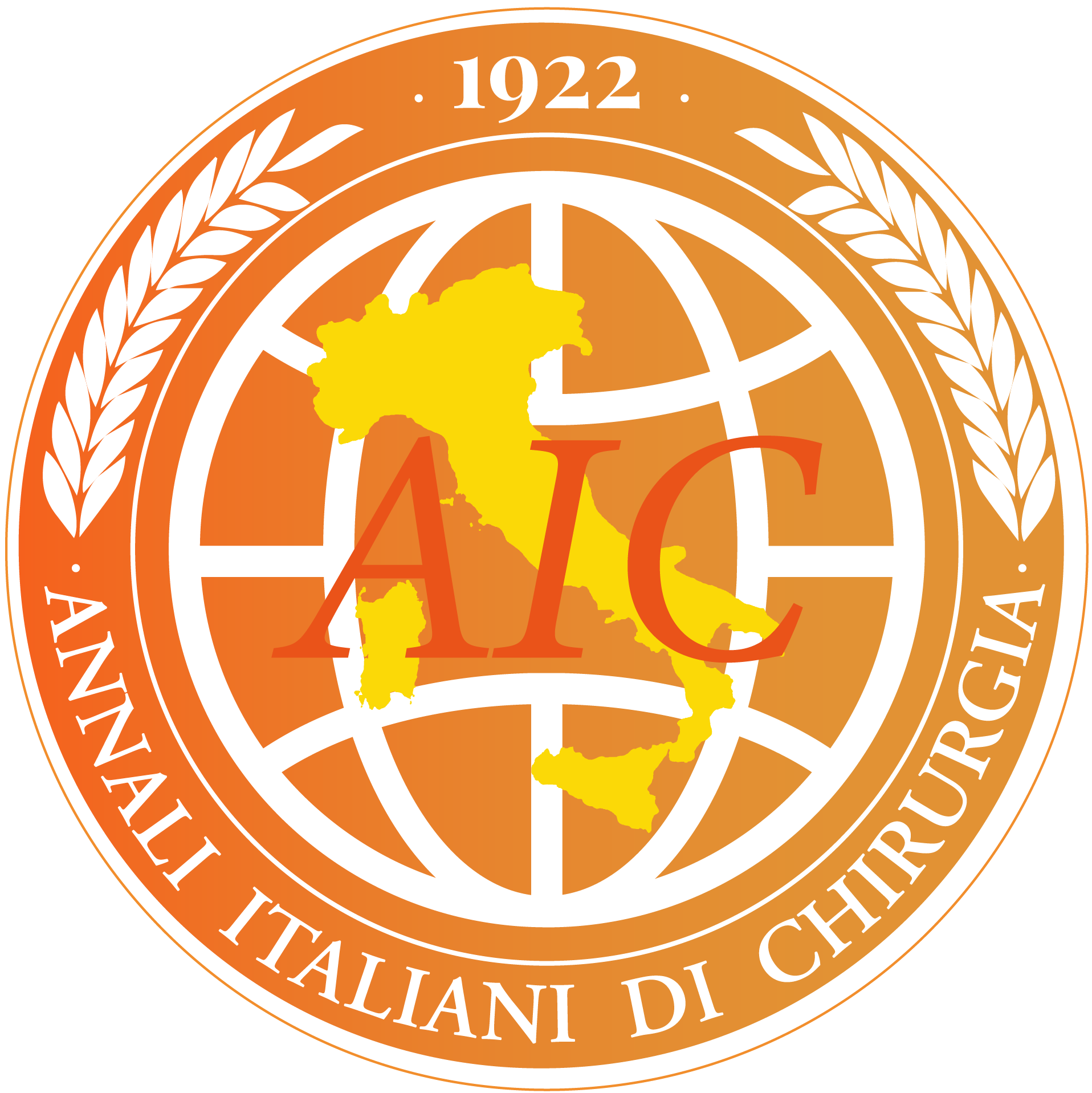1 Jul 2015
ArticleEpidemiology and incidence of acute and chronic Post-Surgical pain
Pasquale Sansone 1Maria Pace 1Maria Passavanti 1Vincenzo Pota 1Umberto Colella 1Caterina Aurilio 1
Affiliations
Article Info
1 Department of Anesthesiological, Surgical and Emergency Sciences, Second University of Naples, Naples, Italy
Ann. Ital. Chir., 2015, 86(4), 101090;
Published: 1 Jul 2015
Copyright © 2015 Annali Italiani di Chirurgia
This work is licensed under a Creative Commons Attribution 4.0 International License.
Abstract
BACKGROUND AND AIMS: Post Surgical Pain (PSP) treatment represents a significant aspect of management of surgical patients. Incidence of severe PSP, with significant functional deficit is estimated at 5-10%. Most studies include a limited number of patients and this is a factor which affects power of results. Aims of our prospective observational study was to evaluate the incidence and characteristics of acute and chronic PSP in patients undergoing surgery at the university hospital of second university of naples. MATERIALS AND METHODS: After Ethics Committee approval and written informed consent, the PSP acute on first day (at least 6 hours after surgery) through the International Pain Outcomes questionnaire was rated. Subsequently, patients were followed-up at 6 and 12 months; data collection took place by e-mail or phone and the Brief Pain Inventory and the DN4 were administered. RESULTS: We enrolled 235 patients, 219 performed the follow-up to 6months, 195 even that to 12 The incidence of CPSP at 6 months was of 45.2% for mild pain, 15.9% for moderate pain and of 2.7% for severe pain while the incidence of CPSP at 12 months was 35.9%, 11.8% and 2.5% respectively for the pain mild, moderate and severe. Neuropathic pain occurred in 40.3% of patients who CPSP moderate at 12 months compared with 31.9% of the patients interviewed at 6 months. Incidence and characteristics of PSP varied, often considerably, depending on the type of surgery, gender, age of the patient and the presence of PSP severe in the 24 hours following surgery. CONCLUSIONS: The incidence of CPSP 12 months after surgery must be improved in the next future. Preoperative pain and the percentage of time with severe pain during the first 24 hours after surgery seem to be CPSP predictors.
Keywords
- Chronic pain
- Opioids
- Postoperative pain
- Postsurgical pain
- Surgery
article-detail-mobile

